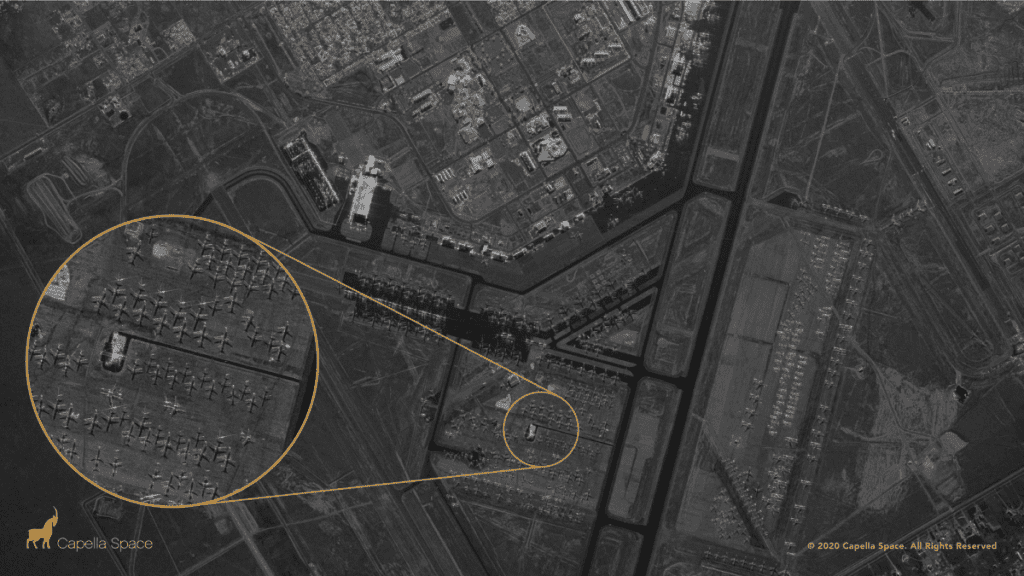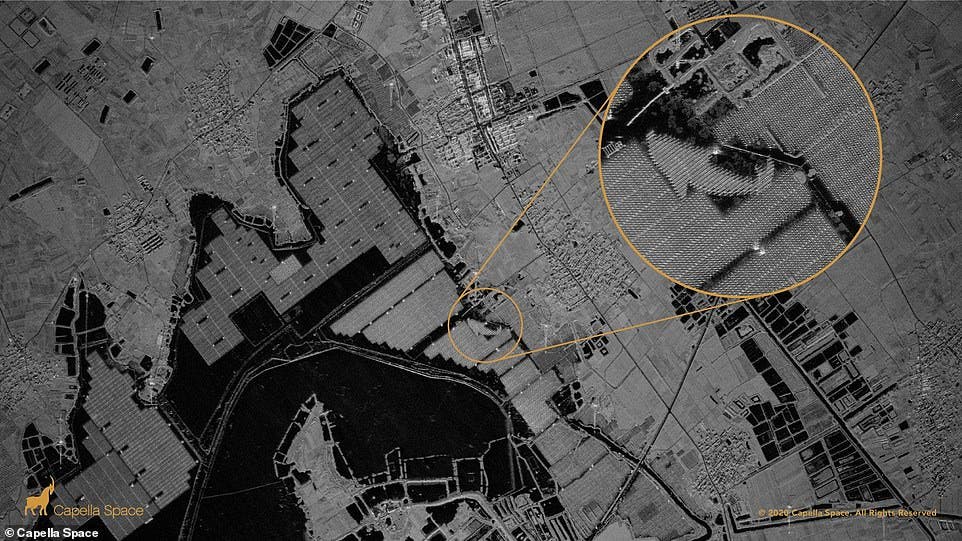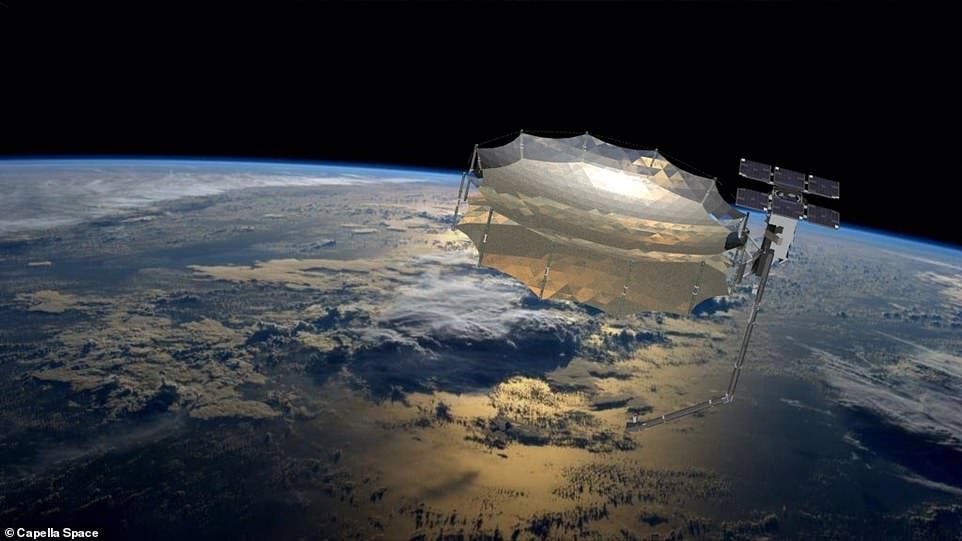
A next-generation satellite can peer through the Earth regardless of visibility or the time of day. Thanks to its high-frequency imaging instruments it can penetrate through clouds, fog, moisture, smoke, haze, and even some types of buildings. Don’t worry though, it can’t see what you’re doing inside your home.
The satellite, known as Capella-2, was launched last year in August, but it was only recently that it was made public. It is operated by a company called Capella Space, founded by Payam Banazadeh, a former system engineer at the NASA Jet Propulsion Laboratory.
At any given time, about 75% of the planet’s surface is obscured either because it’s cloudy or nighttime, sometimes because of both. The Capella satellite is meant to fill in these blanks by peering through cloud cover and taking images in total darkness as if it were daylight.

All of this is possible thanks to Capella’s synthetic aperture radar, or SAR. Rather than optical imaging, this instrument beams down a 9.65 GHz radio signal, which bounces off a target back up in orbit to the satellite. This is essentially echolocation, used in nature by bats or dolphins, whose generated data can be converted into a highly detailed image.
In fact, the resulting images are so crisp it can take shots in 50cmx50cm resolution in the satellite’s ‘Spotlight’ mode, which allows for long exposures up to 60 seconds over an area of interest.
When the area of interest is packed with buildings, the SAR can even generate ‘ghost’ images that appear to show the inside of structures. For instance, an image of Chiyoda City skyscrapers in Tokyo looks like you can see through the towers, with streets visible on the other side.

But although the radar signal can penetrate walls, the satellite can’t see anything inside. The radar signal is simply too weak once it penetrates the structure of a building to image anything inside. So, there’s no chance of spying on people in their homes — not yet at least.

When it was first launched into orbit, Capella-2 was about the size of a washing machine. However, it expanded to the size of a bedroom after it unfurled a high gain antenna.
“From a washing machine to a bedroom, this tiny but mighty satellite has more than 400 meters of cables and wiring connecting more than 100 individual boards and electronics, with complex software running in the background built with over 250,000 lines of C code, over 10,000 lines of Python code, and over 500,000 lines of FPGA code,” Capella Space shared in a statement.
Capella’s long-term plan is to operate a constellation of 36 satellites that would offer enough coverage to monitor anything anywhere in the world at any time. Obviously, this is of interest to both private companies and governments.
“All of these breakthroughs, innovations and milestones will ultimately help our US Government, commercial and international ally customers make critical, high-impact and potentially life-saving decisions,” Banazadeh said in a statement.






